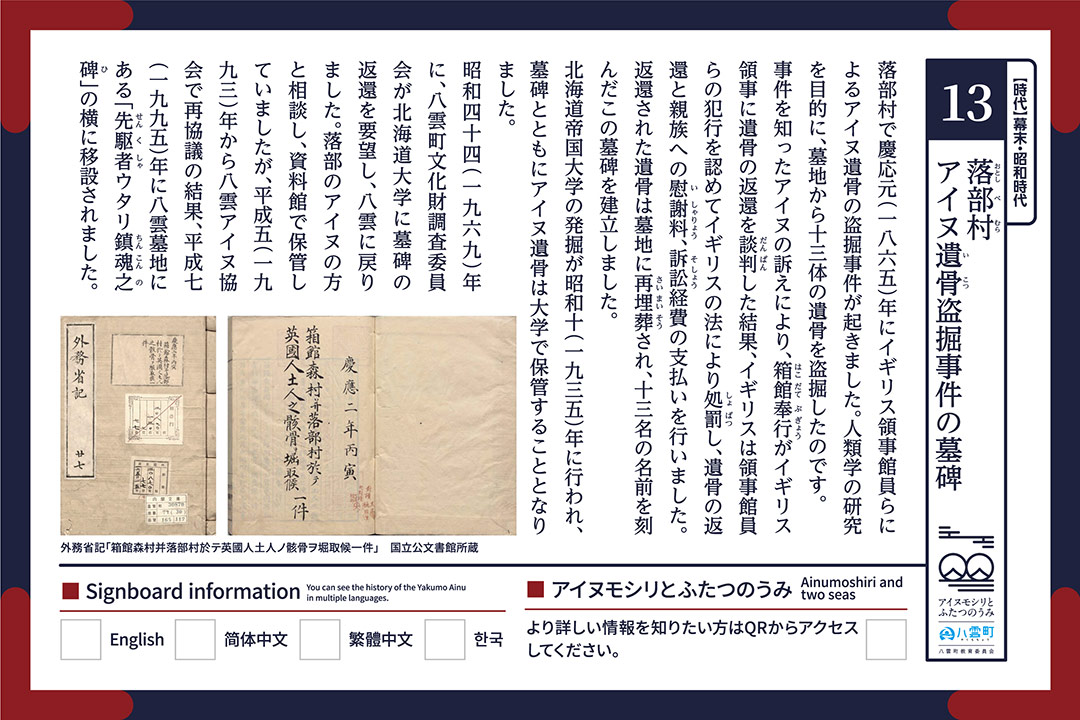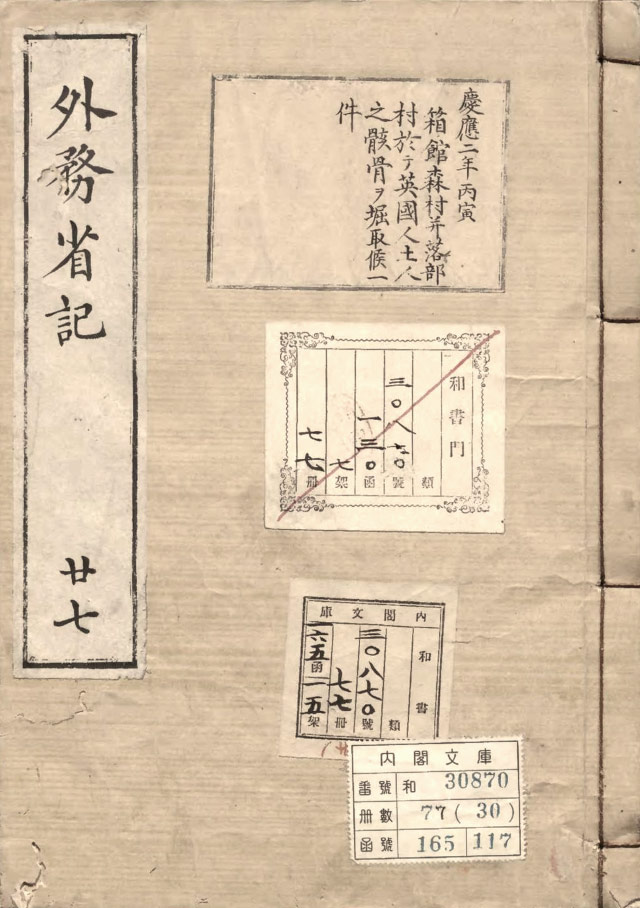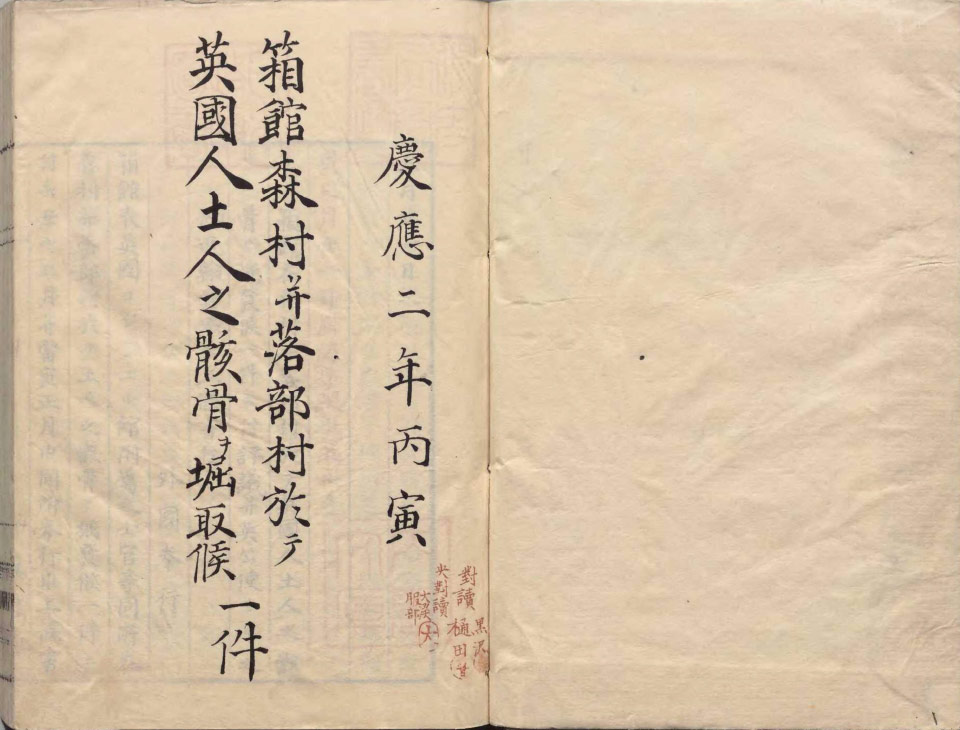Gravestone for the Otoshibe Village Ainu Grave-robbing Incident

Gravestone for the Otoshibe Village Ainu Grave-robbing Incident
Late Edo Period, Showa Period
Otoshibe Area, Funka Bay Coast Yakumo Cemetery
MAP No.13 [Yakumo Cemetery/ Gravestone for the Otoshibe Village Ainu Grave-robbing Incident Description Signboard]

In Otoshibe Village, in Keio 1 (1865), an incident took place in which Ainu remains were stolen by a group that included employees of the British Consulate. The remains of 13 bodies were stolen from the graveyard, for the purported aim of anthropological research.
In response to a legal complaint from the Ainu who learned of the incident, the Hakodate Magistrate negotiated with the British Consulate for the return of the remains. As a result, the British recognized the crime of the consular employees and punished them under British law, returned the remains and paid compensation to families of the deceased, in addition to covering the cost of the legal action.
The returned remains were re-buried in the graveyard, and a gravestone bearing the names of the 13 deceased was erected. Hokkaido Imperial University later carried out an excavation in Showa 10 (1935), after which the gravestone and the Ainu remains were kept in storage at the university.
In Showa 44 (1969), the Yakumo Town Cultural Property Survey Committee requested Hokkaido University to return the gravestone, which was sent back to Yakumo. After consultation with the Otoshibe Ainu, the gravestone was stored at the town museum, but following a renewed conference with the Yakumo Ainu Association in Heisei 5 (1993), the gravestone was relocated to Yakumo Cemetery in Heisei 7 (1995), where it stands next to the “Monument for the Repose of Souls of the Utari(“compatriots” in the Ainu language) Forefathers”.


■Gravestone for the Otoshibe Village Ainu Grave-robbing Incident

Toyokawa-cho, Yakumo-cho, Futami-gun, Hokkaido 049-3103
Yakumo Cemetery
Approx. 18 mins walk or 4 mins by car from JR Yakumo Station

